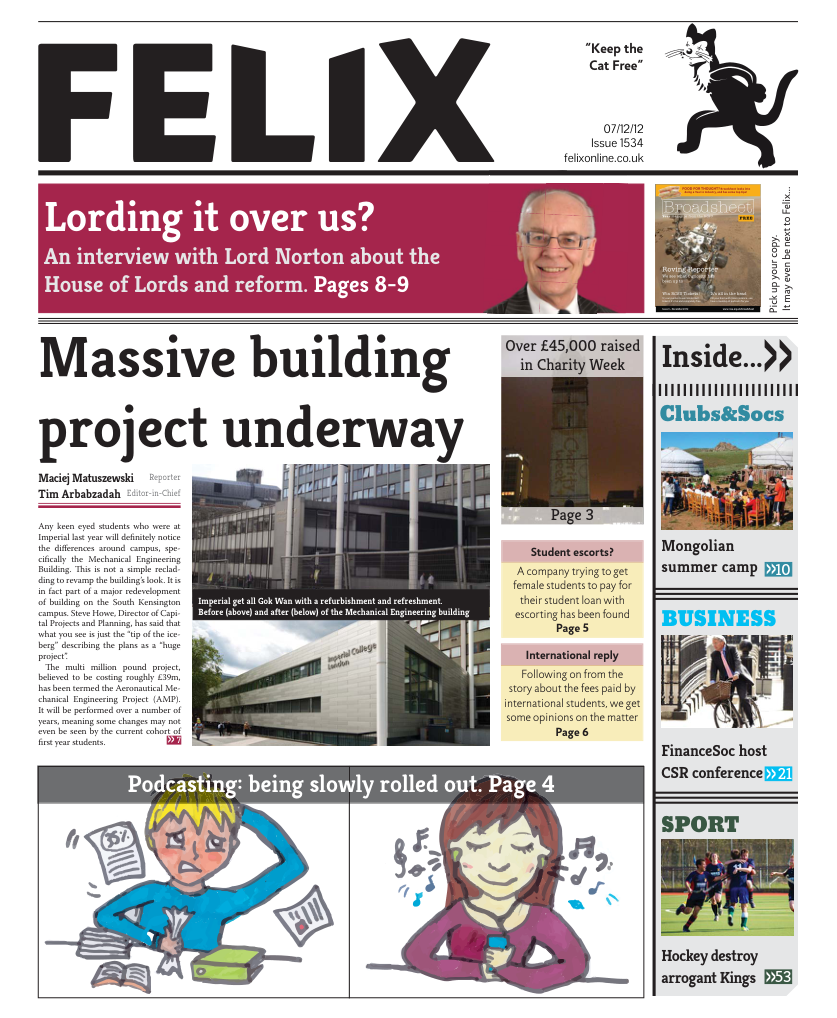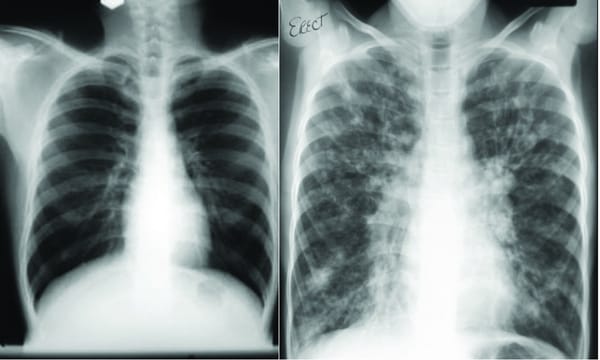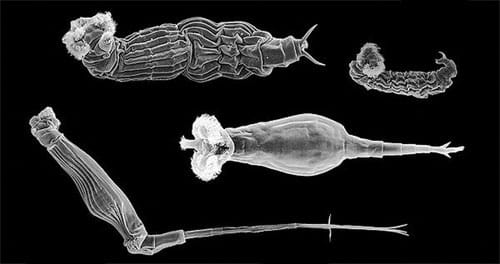Creepy and Curious at the Hunterian Museum
Arianna Sorba looks around some creepy exhibits
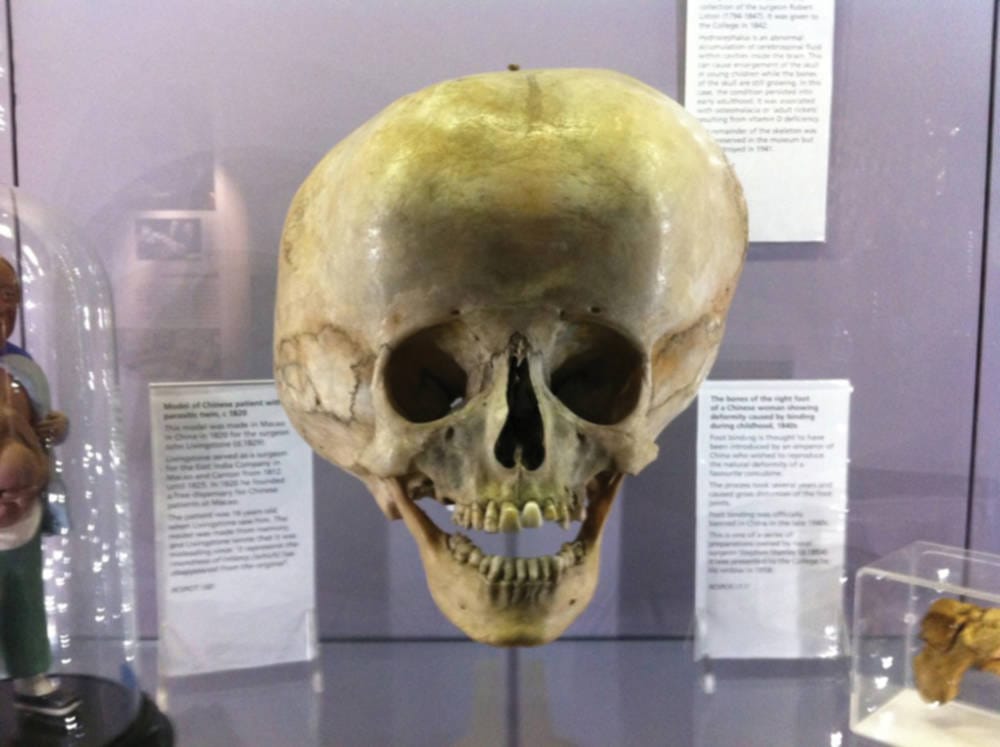
At a loss for what to do this weekend? Unusually interested in the science of life? Then why not take a trip to the Hunterian Museum? Hidden away inside the Royal College of Surgeons in Holborn, it is the ultimate destination to explore all the gory details of animal biology, and satisfy any morbid curiosities about surgery, disease and the human body.
The Hunterian Museum has existed in some form since way back in 1799, and was originally made up of the enormous and creepy collection of the pioneering (that is, not medically trained) surgeon John Hunter. Now the exhibition comprises more than 3,500 different anatomical and pathological artefacts, from over 500 different species, from a 6 inch skeleton of a human foetus to an exceedingly long pig epididymis. Highlights include the 7ft 7 skeleton of ‘Irish Giant’ Charles Byrne (who rather upsettingly asked in his will to be buried at sea, specifically so that he wouldn’t end up in a museum), and the bound foot bones of a Chineseconcubine — gruesome enough to make any modern woman feel bad complaining about high heels. It’s also worth looking out for the preserved human faces, complete with rosy cheeks, eyelashes and smiling open mouths — if only so you can avoid them, if you’re the squeamish type!
Meanwhile animals of all shapes and sizes are sliced up and preserved in formaldehyde, their jars covering the walls like some kind of scientific, overwhelming Damien Hirst exhibition. Pregnant rats and giant scorpions cosy up next to tiny tadpoles and unrecognisable prehistoric starfish, in a kind of fascinating, terrifying display of the intricacy and diversity of the animal world.
The ultimate destination to explore all the gory details of animal biology
Even more fascinating are the famous ‘Evelyn Tables’, which, dating from around 1640, are thought to be the oldest anatomical preparations in Europe. On four wooden boards, the ridiculously complex and intricate patterns of nerves, veins and arteries that run through the human body have somehow been dissected, dyed and glued down with complete biological accuracy, using techniques that modern surgeons still aren’t sure of.
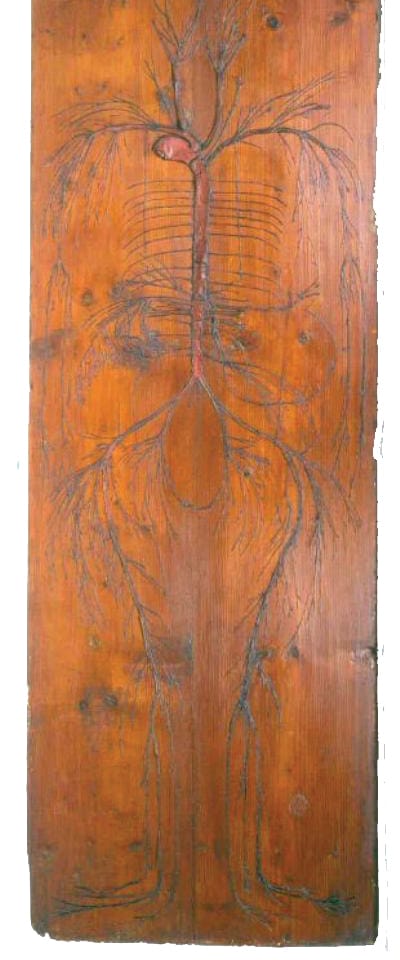
The museum also houses a small collection of unusual paintings from the 19th century, with subjects as diverse as Siamese twins and dwarf soldiers, representing British scientists’ and artists’ innate curiosity with the most remarkable and, at the time, most inexplicable of human ailments. Meanwhile upstairs, a terrifyingly detailed exhibition on different surgery techniques is captivating and disgusting in equal measures, with enough strange looking surgical instruments on display to make the stomach churn. The interactive parts, especially, are not for the faint-hearted, but are a must-see for anyone who’s ever wanted to have a quick go at keyhole surgery!
Thanks to a £3 million refurbishment a few years back the exhibition is beautifully presented, and it doesn’t quite feel like you’re exploring some creepy biologist’s basement. So have a hearty meal, and go and visit — as long as you stay conscious, you won’t regret it!
The Hunterian Museum, Lincoln’s Inn Fields, open Tuesday-Saturday 10am-5pm.

